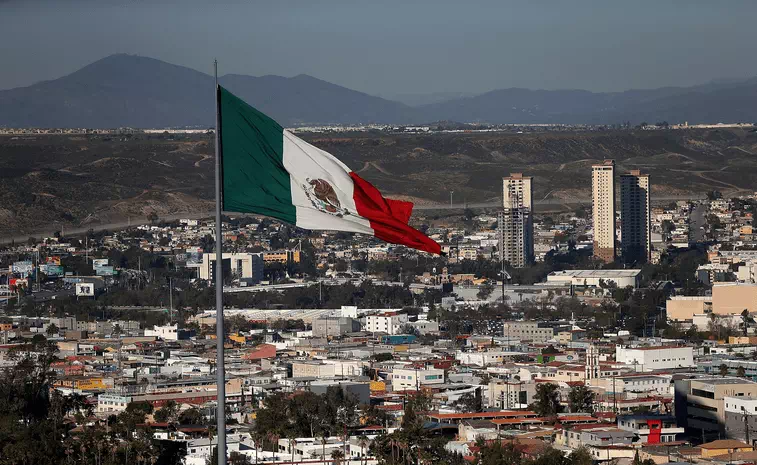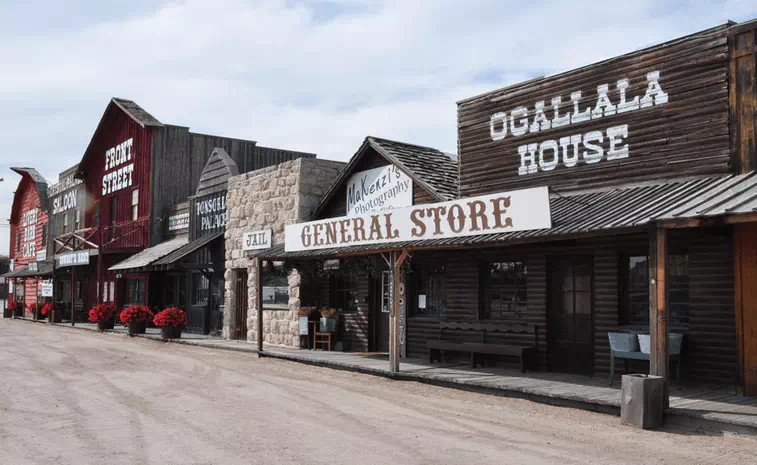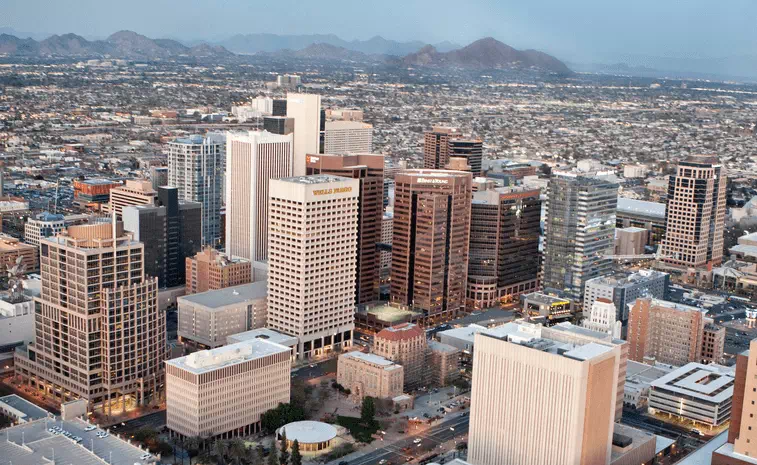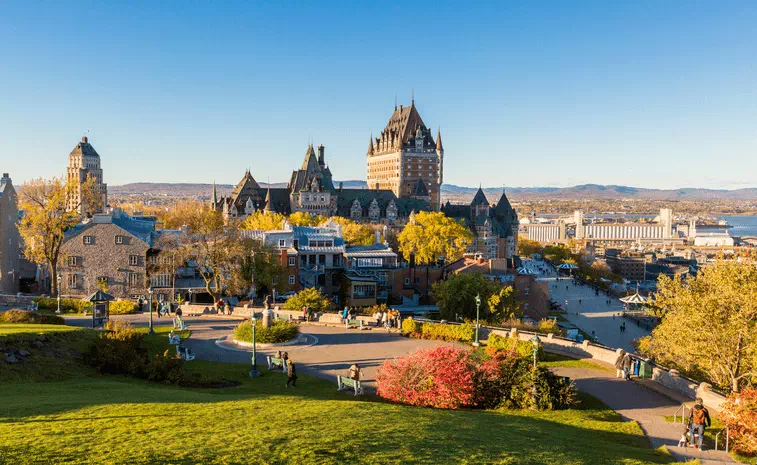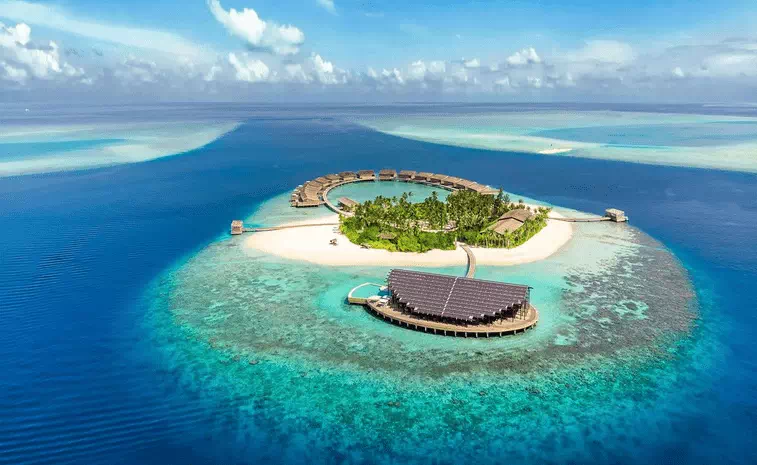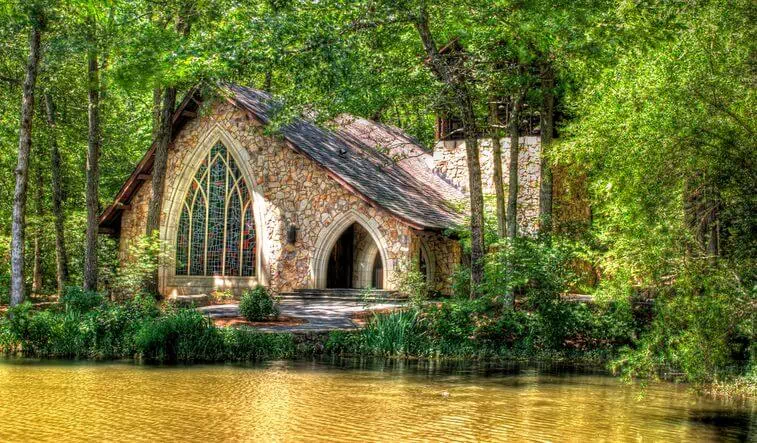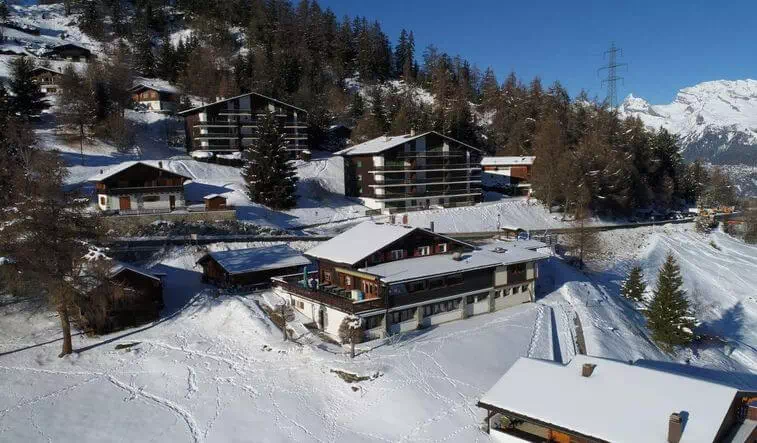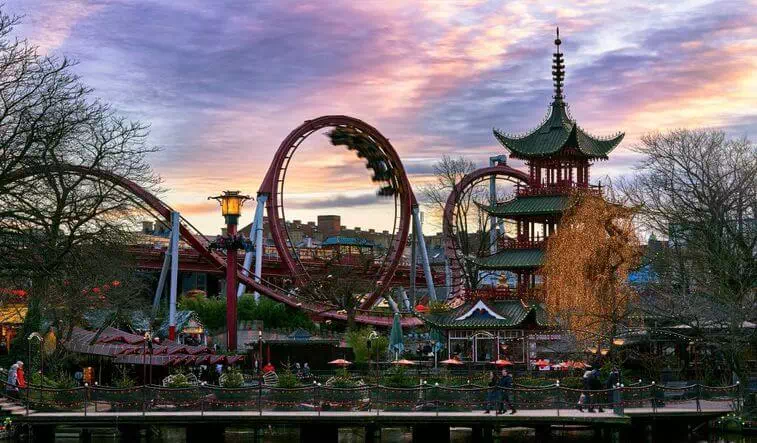History of Fatehpur Sikri (Agra, Uttar Pradesh)
Information About Fatehpur sikri
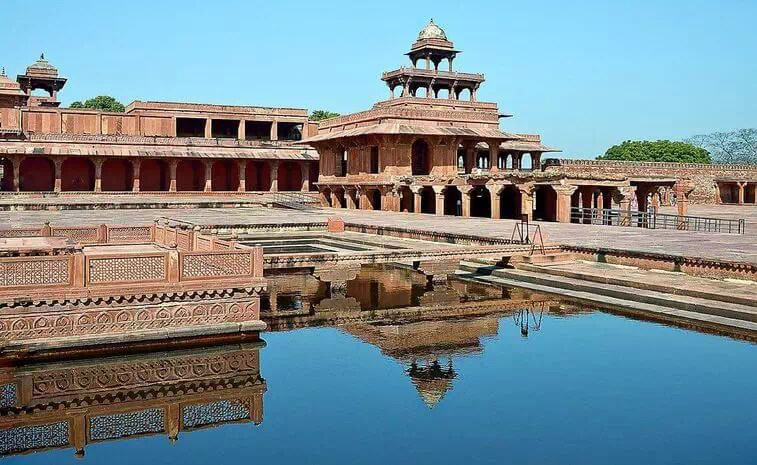
Today we are going to talk about Fatehpur sikri. The place is known as the royal city at Fatehpur Sikri, 26 miles west of Agra in Uttar Pradesh. Fatehpur Sikri was established as the capital of the Mughal Empire in 1571 by Emperor Jalal-ud-din Mohammad Akbar. Fatehpur Sikri played a very important role during 1571 to 1585. Jalal-ud-din Mohammad Akbar abandoned Fatehpur sikri due to his expedition to the Punjab and later in 1610 it was abandoned altogether. So let us gather a little more information about Fatehpur sikri.
The name of this place is derived from a village called Sikri. Fatehpur sikri was excavated by the Archaeological Survey of India during 1999-2000 and there were settlements, temples and commercial centers on Fatehpur sikri before it became the capital of Akbar. And in the wake of their expansion Fatehpur sikri was settled by the Sungas. Fatehpur Sikri is mainly known as a city of red sandstone.
The grandeur and uniqueness of Fatehpur sikri is an excellent example of the architectural beauty of Jalal-ud-din Mohammad Akbar. Jalal-ud-din Mohammad Akbar's tolerant religious views and interest in literature, architecture and fine arts gave the monument buildings an impressive blend of Islamic and Hindu elements in their style and design.
The khanqah of Sheikh Salim has previously existed at Fatehpur Sikri. Akbar's son Jahangir was born in this place in 1569 and in that year Jalal-ud-din Mohammad Akbar started building a religious compound predicting Seth's birthday. After the second birthday of Prince Jahangir, Jalal-ud-din Mohammad Akbar started building a walled city and a royal palace here. After the victorious Gujarat expedition of Jalal-ud-din Mohammad Akbar in 1573, the place came to be known as Fatehpur Sikri.
After the British captured Agra in 1803, he established an administrative center at Fatehpur Sikri and it remained there till 1850. In 1815, the Marquess of Hastings ordered the repair of all monuments at Fatehpur Sikri. The constructions and domes during sunset and sunrise in this place create shadows and silhouettes against the copper red sky and which is a very nice inspiring scene for the painter’s canvas or the tourist’s eyes. The mosque of Fatehpur sikri is said to be a replica of the mosque of Mecca and the design in Fatehpur sikri is taken from Persian and Hindu architecture.
Architecture of Fatehpur sikri
The monument sits on a rocky outcrop. Fatehpur sikri is 3 km long and 1 km wide. The palace of Fatehpur Sikri is surrounded by a 6 km wall on three sides at the fourth boundary of the lake. Fatehpur sikri is usually arranged around a height of 40 m. The monument comes in an almost circular shape. The general layout of the land structures of this place is a "continuous and compact pattern of gardens and services and facilities" which characterizes it.
The monument was built primarily for the entertainment and luxury of its famous inhabitants. The dynastic architecture of the place was based on Timurid forms and styles. Fatehpur sikri was made of large and preferably red sandstone. Gujarati influences can also be seen in the architectural vocabulary of Fatehpur sikri and the decor of its palaces. The architecture of Fatehpur sikri reflects both the Hindu and Muslim types of domestic architecture popular in India at that time.
Significant preservation of Fatehpur sikri allows modern archaeologists to reconstruct scenes of Mughal court life and better understand the hierarchy of the royal and noble inhabitants of Fatehpur sikri. The 5 mile long fort wall of Fatehpur Sikri i.e. Delhi Gate, the Lal Gate, the Agra Gate and Birbal's Gate, Chandan Pal Gate, The Gwalior Gate, the Tehra Gate, the Chor Gate, and the Ajmeri Gate can be entered.
The lofty gate of this monument is at a height of 55 meters above the ground and gradually transitions to the human scale inside. The Darwaza Masjid of Fatehpur Sikri is known as Vijay Kaman to commemorate Akbar's successful Gujarat expedition during 1576-1577, five years after its completion.
Fatehpur sikri has numerous tombs and some of which are anonymous and have male descendants of Shaikh Salim Chisti. Fatehpur Sikri is famous for its central column and its square base and octagonal shaft. Both the geometric and floral designs of Fatehpur sikri are carved with bands and its thirty-six serpent brackets support a circular platform for Akbar attached to each corner.
History of Fatehpur sikri
According to the historian Syed Ali Nadeem Rezavi, Fatehpur Sikri developed under the rule of Sunga and later Sikarwar Rajputs. Fatehpur sikri then came under the rule of the Delhi Sultanate and during the period of the Khalji dynasty many mosques were built on Fatehpur sikri which increased in size. Excavations at Fatehpur sikri 1,000 years ago yielded a rich crop of Jain idols and hundreds of them, including the foundation stone of a dated temple.
Babur and Humayun, the predecessors of Fatehpur Sikri, did much to redesign the urban layout of Fatehpur Sikri before Akbar allotted space for his capital city. The monument at Fatehpur Sikri largely becomes an element of the city's organization. Humayun's tomb was one such organizing element and rose to a height of 150 feet above Fatehpur sikri and now Fatehpur sikri is one of the most recognized Mughal monuments in the country.
Fatehpur Sikri was very dear to Babur after the huge lake used by the Mughal army and was called Shukri by all. Babur built a large platform in the middle of the lake near this place. A baoli at Fatehpur sikri exists at the base of a rock scarp about a kilometer from the Hiran Minar. Fatehpur sikri was the original place of the famous epic to commemorate the victory of Babur.
How to reach Fatehpur sikri
This place is about 39 kilometers away from Agra. The nearest airport to Fatehpur Sikri is Agra Airport which is located at a distance of 40 kilometers from here. The nearest railway station to Fatehpur Sikri is Fatehpur Sikri Railway Station which is located at a distance of about 1 km from the center of this monument. Fatehpur Sikri is connected to Agra and neighboring centers by road and includes regular bus services, tourist buses and taxis operated by UPSRTC.







